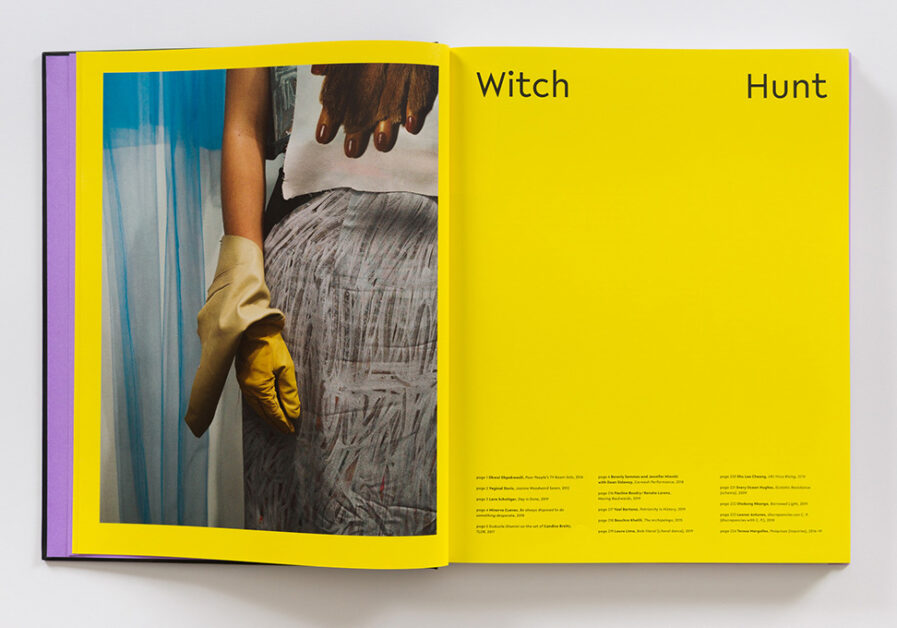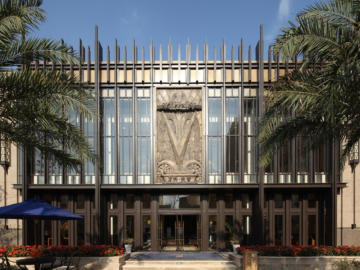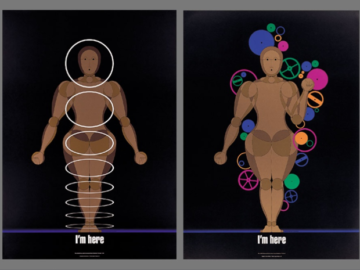The “Witch Hunt” catalog by Still Room (USA) for the Hammer Museum and the Institute of Contemporary Art, Los Angeles (ICA LA) has garnered significant recognition, including a Graphis Design 2023 Gold Award. This prestigious honor speaks to the catalog’s success in channeling the raw energy and feminist rage of sixteen critically acclaimed artists into a design that is both visually stunning and conceptually nuanced. Designer Jessica Fleischmann’s approach to the project demonstrates the power of simplicity and restraint, allowing the artworks and curatorial essays to take center stage while providing a bold and colorful framework that invites readers to engage with these timely themes. The result is a publication that serves as a lasting record of an impactful exhibition and a statement in its own right.
By: Jessica Fleischmann
“Curator Connie Butler begins her essay for Witch Hunt with a declaration of rage: ‘All my life, I’ve had rage. Living as a woman in the United States under patriarchy breeds it.’ These words embody the impulse of the 2021-22 exhibition Witch Hunt, which was simultaneously at the Hammer Museum and ICA LA, where ‘sixteen critically acclaimed artists employ[ed] feminist, queer, and decolonial strategies to explore gender, power, and the global impacts of patriarchy.’
“In designing the catalog for Witch Hunt, I wanted to frame the strong, complex works of sixteen feminist artists with strong yet simple space. While we are not strictly minimalists, Still Room’s design ethos is intuitive and targeted—minimal intervention for maximum impact. The main questions for designing the catalog for this exhibition were:
- On a conceptual level—How can a book’s design channel feminist rage and artists’ expressions of it? How can rage be honored in an appealing way to draw readers in and support processing the thinking behind that rage?
- On a practical level—How can simplicity honor multiple voices? How does a designer provide a structure that supports the work of sixteen wildly different artists, especially when some pieces are being made specifically for the exhibition and, at the time of printing, had yet to be seen?





